How Quantum Computing Will Impact Cloud Security
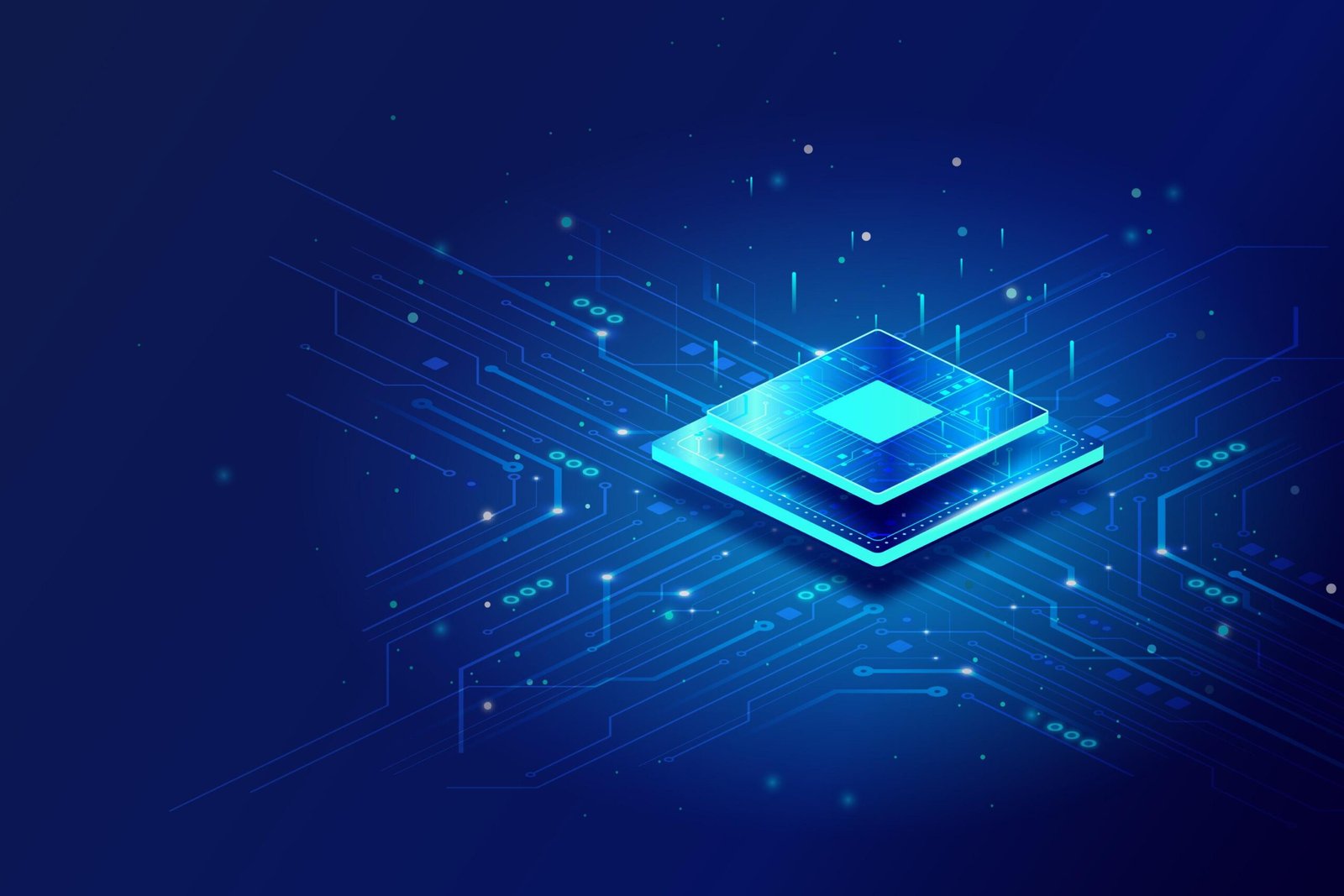
INTRODUCTION
Quantum computing has been considered one of the most revolutionary technologies that can transform many industries over the last decade. With most organizations shifting towards cloud computing environments, this has led to discussions over how quantum computing is affecting the security of cloud environments. Quantum computing holds unimaginable computing powers that might shatter conventional encryption and, hence, the approach towards security measures. In this blog, we will study what effects it imposes on the safety of clouds; dangers included with it and their protection method as well as in securing the data in quantum years.
1. Quantum Computing
1.1 What is Quantum Computing?
It is truly one of the most powerful computer technologies that operate on a principle known as quantum mechanics to solve complex problems at an incredibly faster rate than a conventional computer. In contrast to classical computers, which function based on dependency on bits being 0s and 1s, quantum computers work based on qubits, which due to the property of superposition exist in more than one state simultaneously.
1.2 What is quantum computing different from classical computing
Superposition: Qubits can be in more than one state at a time, but classical bits cannot be 0 and 1 at the same time.
Entanglement: Qubits are entangled, that is, states of one qubit depend on another, which makes information process faster.
Quantum Speedup: Quantum computers can solve complex problems in just a few minutes that would have taken years by classical computers
1.3 Progress of Quantum Computing
Google, IBM, and Microsoft are among the big three companies that have seriously invested their energies in the realm of quantum computing. Advancement in research and development work is going to enhance the effectiveness of quantum computing more and give further momentum. In this direction, cloud security is going to suffer a tremendous shock.
2. Status quo in Cloud Security
2.1 Significance of Cloud Security
Cloud security can be defined as the set of technologies, policies, and controls that help ensure data, applications, and infrastructure are secure and safe in the cloud. The increased adoption of cloud leads to new threats which attack the organizations such as data breaches, ransomware, and insider attacks.
2.2 Common Cloud Security Threats
Data Breaches: unauthorized access to the sensitive cloud data.
DDoS Attacks: flooding the cloud servers with malicious traffic.
Misconfigurations: incorrect configurations of security setup, which exposes vulnerabilities.
Insider Threats: attackers, who are employees or partners, abusing cloud access to do malicious things.
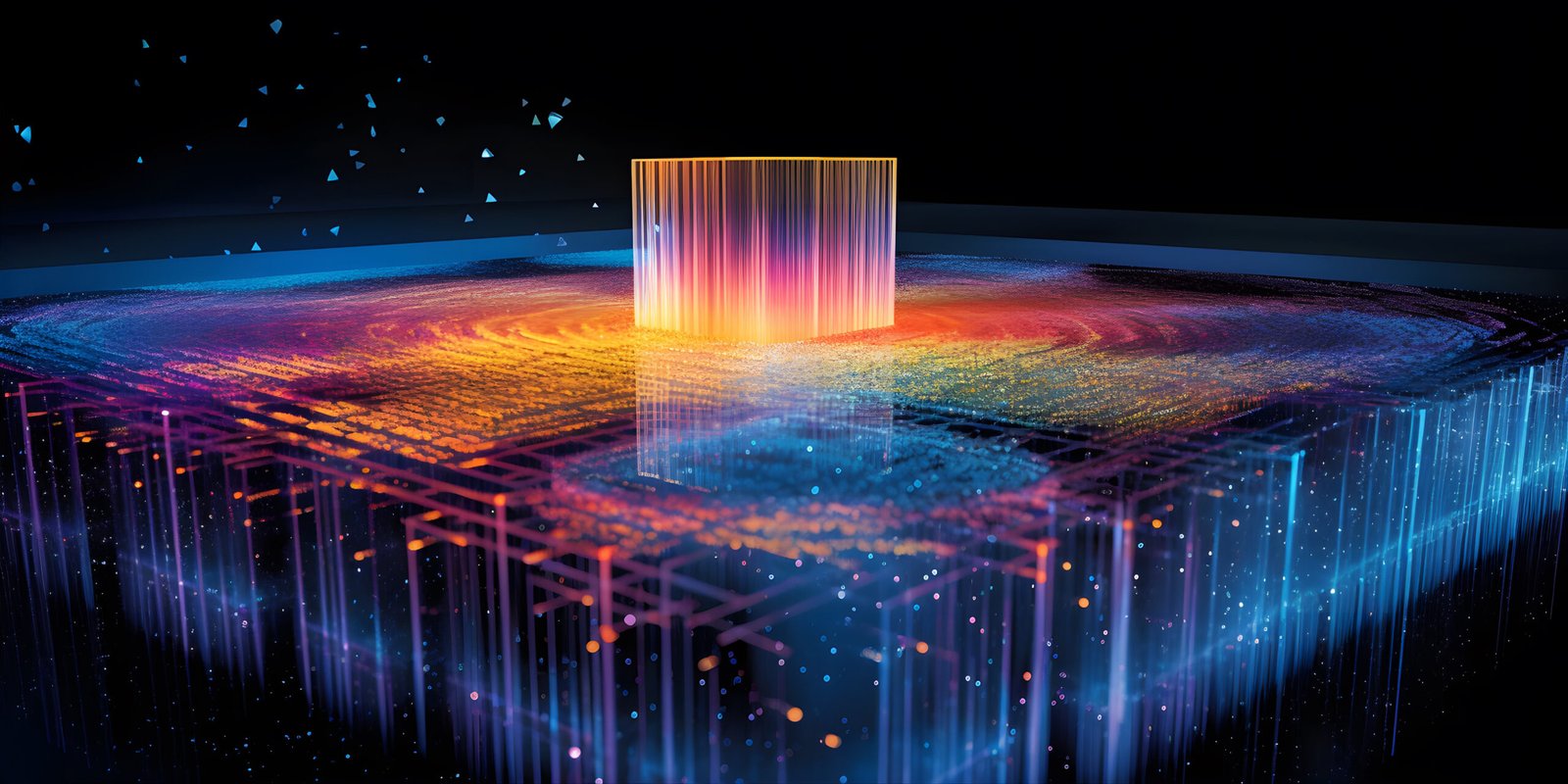
2.3 Ready-to-available Cloud Security Solutions
End-to-end encryption
Multi-factor authentication (MFA)
Zero-trust security models
Security information and event management (SIEM) solutions
However, with quantum computers becoming available, all these security solutions will soon be outdated.
3. How Quantum Computing Betrays Cloud Security
3.1 Cryptography Breakage
Encryption is the foundation of cloud security that protects secret information from unauthorized access. However, quantum computing will be a huge threat to the existing encryption algorithms: RSA (Rivest-Shamir-Adleman) Encryption; Elliptic Curve Cryptography (ECC); Advanced Encryption Standard (AES). A quantum computer can factor all these algorithms in minutes by using Shor’s Algorithm. Shor’s Algorithm is the algorithm designed to factor large prime numbers efficiently.
3.2 Quantum Attacks on Cloud Systems
Potential attacks on cloud computing
Data decryption
Quantum computers encrypt the stored or transmitted data.
Man-in-the-middle hacking attacks
The cloud-based communications intercept and decrypt.
Blockchain demolition
The danger of quantum computers is the demolition of blockchain-based security because these computers break the cryptographic hash functions.
3.3 Threats to PKI
Most of the cloud security frameworks depend on PKI for managing the encryption keys along with the digital signature. Quantum computing may demolish PKI again and may create vulnerability in the secure communication by opening the doors of an attack opportunity.
4. Quantum Risks in Cloud Security Protection
4.1 Post-Quantum Cryptography (PQC)
The PQC protocols will be implemented by networks that can withstand quantum computing attacks. NIST is currently developing standards on quantum-resistant encryption.
4.2 Quantum Key Distribution (QKD)
Quantum Key Distribution is based on quantum physics to provide absolutely unbreakable encryption keys; thus, the communications in clouds are secure. Influential companies are working on QKD to support in fastening the security in cloud.
4.3 Hybrid Models of Encryption
Combining traditional encryption with quantum-resistant algorithms can be a transition phase before full-scale quantum computing is adopted.
4.4 Cloud Providers Preparing for Quantum Security
Major cloud service providers are already exploring the quantum-safe security solutions, like AWS, Google Cloud, and Microsoft Azure. Companies must remain updated with their cloud provider’s roadmap for the threats of quantum computing.
4.5 Regular Security Audits and Upgrades
Organizations should continuously evaluate their cloud security posture and cryptographic protocols to mitigate the new threats of quantum computing.
5. Quantum Cloud Security in the Future
5.1. Emergence of Quantum-Secure Cloud Computing
Cloud service providers will utilize quantum computing capabilities to enhance security features, such as real-time threat detection based on quantum capabilities.
5.2. Ethical and Regulatory Aspects
Governments and regulatory agencies will implement new cybersecurity regulations that will counter these new quantum computing threats, and data will remain private and secure.

5.3 Quantum Computing for Cyber Defense
To name a few, while quantum computing poses threats, it can be used for cybersecurity advantages, such as:
Quantum-enhanced AI for threat detection
Quantum-secure authentication methods
Ultra-fast security patching
6. Preparing for a Secure Future Quantum
6.1 Enterprise Readiness for Quantum Security
Organisations must proactively review the maturity of its quantum attack readiness. This includes
Risk Assessments: Identify key data assets, which will be under attack and vulnerable to quantum.
Quantum Security Roadmap: Develop a step-by-step approach to transition towards quantum-resistant encryption.
Engagement with Industry Leaders: Discuss with cloud providers, cybersecurity companies, and regulatory agencies on the latest developments in the quantum security front.
6.2 Invest in Quantum-safe Technologies
Businesses should begin investing in quantum-resistant technologies, which include:
Quantum-Safe VPNs and Secure Communications – Quantum-resistant encryption to stay safe against quantum attacks.
Advanced AI-Powered Security Analytics – AI for early warning of quantum-related cyber threats.
6.3 Workforce Training on Quantum Security
The cybersecurity professionals have to be educated on quantum-safe security protocols. Organizations should do the following:
Conduct Quantum Security Awareness Programs – Educate the IT teams about the impact of quantum computing.
Promote R&D – carry out in-house research in quantum-resistant cybersecurity solutions.
Interface with universities & research institutes- Obtain knowledge on research by the academia so that they keep abreast of what is happening on the quantum cyber front.
7. Governmental and Regulation Policies on Quantum Security
7.1 Quantum Security Global Activities
The government is also doing quantum security improvement work for other countries worldwide. Besides the above-mentioned activities, the governments of other countries have come up with the initiatives that comprise the activities against quantum security as well as basic infrastructural problems. In some of the major activities, it has been consisted of:
NIST Quantum-resistant Cryptography Standardization. US National Institute of Standards and Technology has also begun the standardization process for post-quantum cryptography.
EU’s Quantum Technologies Flagship: EU had invested in quantum research on securing cybersecurity during the era of quantum.
China’s Quantum Communication Networks: China had already demonstrated QKD for secured communication.
7.2 Compliance and Regulatory Measures
With threats of quantum getting closer, the governments will definitely enforce new compliance requirements on cloud security, such as:
Mandate of Post-Quantum Cryptographic Standards: The organizations may need to replace vulnerable encryption with a quantum-safe alternative.
Update Data Protection Legislation: Rules like GDPR and CCPA will become upgraded to include data security rules especially on quantum-related information.
Critical Infrastructure Security Frameworks
The government would adhere to the implemented tighter security measures of finance, health care, and defense sectors.
7.3 Public-Private Partnership
The public as well as the private sector has to come together over
Quantum Cybersecurity R&D: Tech giants, governments, and research establishments in close collaboration
Knowledge Sharing and Threat Intelligence: Global forums to discuss quantum security threats and best practices.
Fund Research in Quantum-Resilient Security: The government must encourage organizations to invest and develop quantum-proof security measures

8. How Quantum Computing Can Change the Crime Scene of Cybercrime and Thieves
8.1. Quantum Cybercrimes
Soon, hackers would exploit access to the full power of the quantum computers
Break today’s encrypted data when stored by any classical algorithms in use at present.
Launch Advanced Ransomware Attacks: Quantum-powered decryption tools can have the capability to bypass security mechanisms and obtain ransom money.
Exploit Cloud Vulnerabilities Faster: These quantum-powered attacks will target the weak links in the existing intrusion detection systems, making it all the more impossible to find cyber threats.
8.2 Nation-State Cyberwarfare Using Quantum Computing
Countries investing in quantum computing shall utilize it for cyber warfare by:
Breaking Enemy Encryption: Governments can intercept and decrypt confidential communications.
Compromise Financial Systems: Quantum attacks on banking encryption can be the end of global financial stability.
Tamper with AI and Deepfake Technologies: Quantum computing may facilitate cyber-espionage and information warfare.
8.3 Countermeasures in Cyber Defense against Quantum Threats
Organizations and governments will have to take the following countermeasures to mitigate quantum-enabled cybercrime:
Develop Quantum-Resistant Threat Detection Systems: Next-generation AI-powered security solutions, upgradation to identify cyber threats being powered by a quantum computer
Implement Data Lifecycle Security: Encrypting the sensitive data and handling it in an appropriate manner, using post-quantum cryptography, so that when the quantum computing age overtakes
Cloud Access Control Improvement: Multi-level authentication techniques that should not be accessed by quantum hacking.
9. Quantum-Secure Cloud Security Emerges
9.1 Quantum-Secured Cloud Service Providers
The giant cloud service companies are not afraid to implement their services. Quantum-safe technological measures include the following:
Research by AWS on Quantum-Safe Cryptography: Amazon Web Services is researching quantum-resistant encryption so that cloud applications may be secure.
Quantum Computing Projects of Google Cloud: Google is studying hybrid cryptographic models to outweigh the threats given to it by a quantum computer.
Microsoft Azure introduces post-quantum cryptography into the cloud security architecture.
9.2 Strategy Implementation for a Quantum-Safe Cloud
Implementation Phase Organisational approach-structured approach towards quantum-safe cloud security
Quantum Readiness Assessment: compare current encryption protocols for vulnerabilities
Hybrid Cryptographic Models in Transition: classical and quantum-resistant cryptography in transitional phase
Continuity of Security Upgrades: upgrade security protocols constantly to meet the timeline for quantum
9.3 Quantum Computing for Cloud Security Improvement
Despite Quantum Computing Threats, it equally opens up avenues for creating a cloud environment through:
Improving speed in detection at an AI-based threat: quantum algorithms make AI-based cyber defenses fast.
Improvement in cloud encryption techniques: quantum cryptography may become possible with ultra-secure methods of encryption
Development of authenticated cloud authentication system: quantum-based authentication eliminates vulnerability of password-based authentication.
10. Road ahead: Preparation towards Quantum Computing Future
10.1 Timeline of Quantum Computing
Even though the large-scale quantum computing to break the encryption is yet many years ahead, experts predict important breakthroughs within the next decade. Organisations need to take action today to future-proof their cloud security.

10.2 Steps Businesses Need to Take Today
Businesses must be better prepared than ever to remain in front of the quantum threat through:
Maintaining an awareness of NIST and industrial advances in quantum-resistant cryptography.
Collaboration with Cloud Providers: Leverage the partnership being established with AWS, Google, and Microsoft to ensure that their integration is indeed quantum-safe
Investment in Post-Quantum Cryptography: Finally move towards quantum-safe encryption 10.3 Conclusion
Overclouded is the challenge of cloud security, but quantum will redefine security as a challenge and an opportunity. Organizations need to proactively step into their strategizing for quantum-safe security measures better suited for the quantum revolution. Businesses can adopt upgrades of post-quantum cryptography and get advice from cybersecurity experts while slowly integrating quantum-resistant security solutions to prepare their cloud environments for the threats posed by quantum.
The quantum age is coming pretty fast; today’s prepared leaders will pave the way to safely securing tomorrow’s landscape digitally.
Conclusion
Emergence of Quantum Computing will shape the future of cloud security in the best ways. This change is full of challenges like cracking encryption and augmented cyber threats; however, preventive measures like post-quantum cryptography, quantum key distribution, and security audit will help in preparation of any organization for such transition. Businesses will have to update themselves in quantum computing with quantum-safe encryption, collaboration with cloud providers, and being on the same page with new standards of cybersecurity. The quantum age is coming soon, and it’s time to prepare for that today so as to have a secure and resilient cloud environment tomorrow.
Disclaimer
This is a knowledge blog. Efforts have been made to keep the content correct, but it’s in a field of quantum computing that keeps on growing and developing further. The whole article will become obsolete within days as more new breakthroughs arrive. The readers are requested to approach the cyber experts and find the latest trends about this particular topic before arriving at any kind of security decisions.
Recent Posts
Categories
- Cyber Security
- Security Operations Center
- Cloud Security
- Case Study
- Technology Trends
Vulnerability Assessment & Penetration Testing (VAPT)
Buy our VAPT services to identify vulnerabilities, simulate real-world attacks, and strengthen your systems against cyber threats effectively.

iso compliance service
Buy our ISO Compliance services to streamline processes, ensure security, meet global standards, and maintain industry certifications with ease.
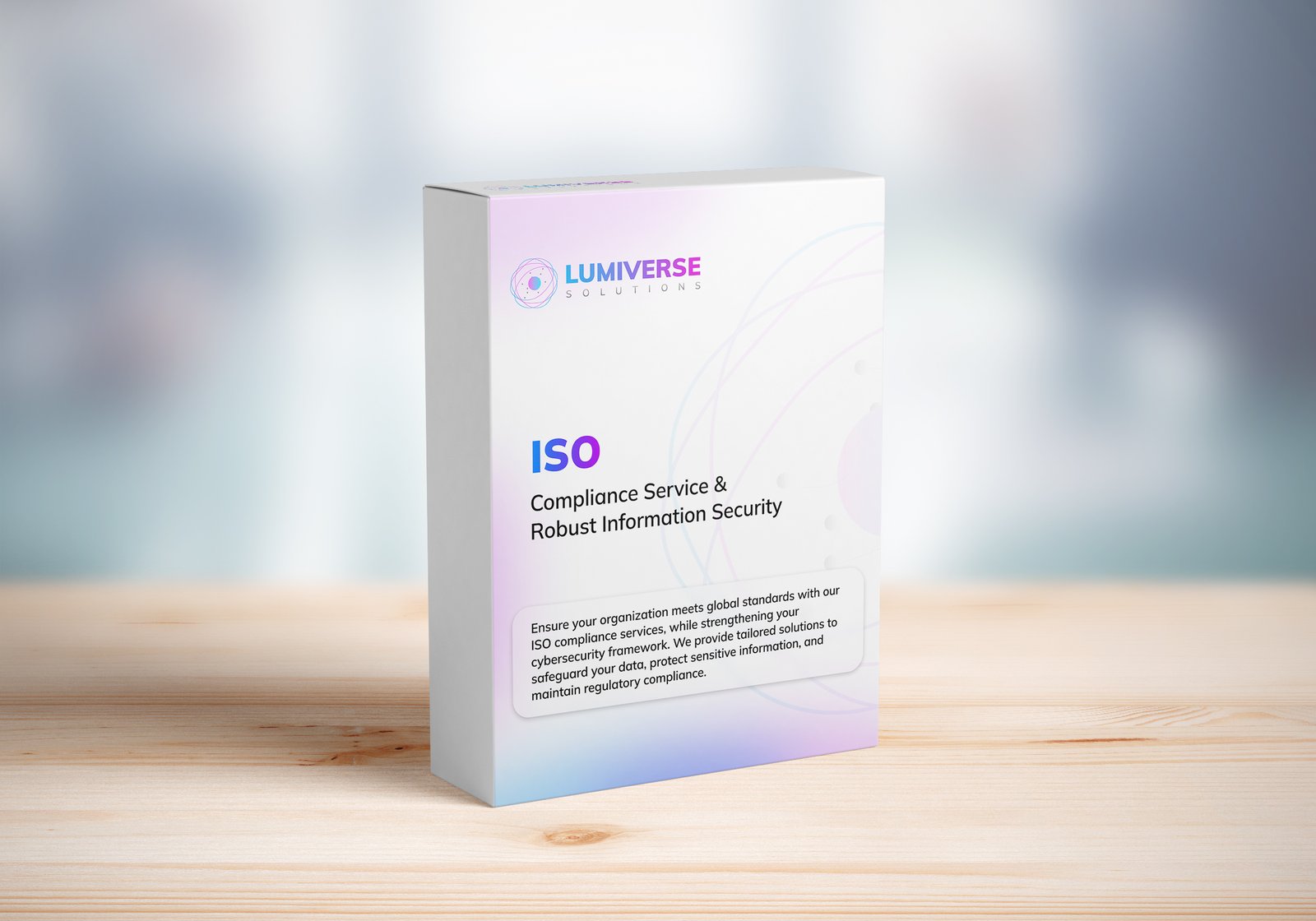
SOC 2 Compliance Audit
Ensure your business meets security, privacy, and compliance standards with our SOC 2 Compliance Audit services. Protect data, build trust, and stay secure. Buy our services today!
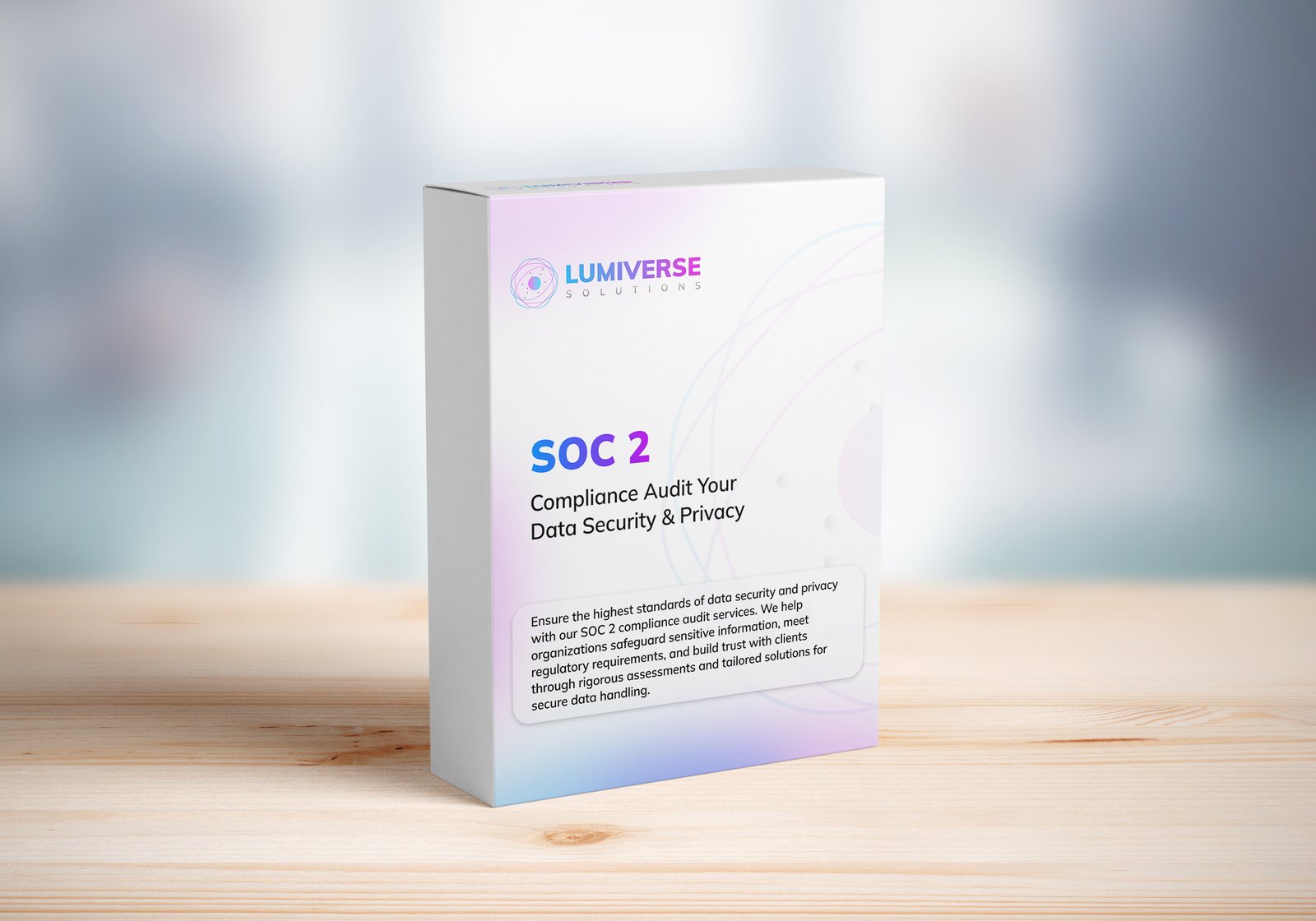
GDPR Compliance Audit Services
Ensure your organization meets GDPR standards with our expert compliance audit services. Protect data, avoid penalties, and enhance privacy practices. Buy our services today to stay secure and compliant!
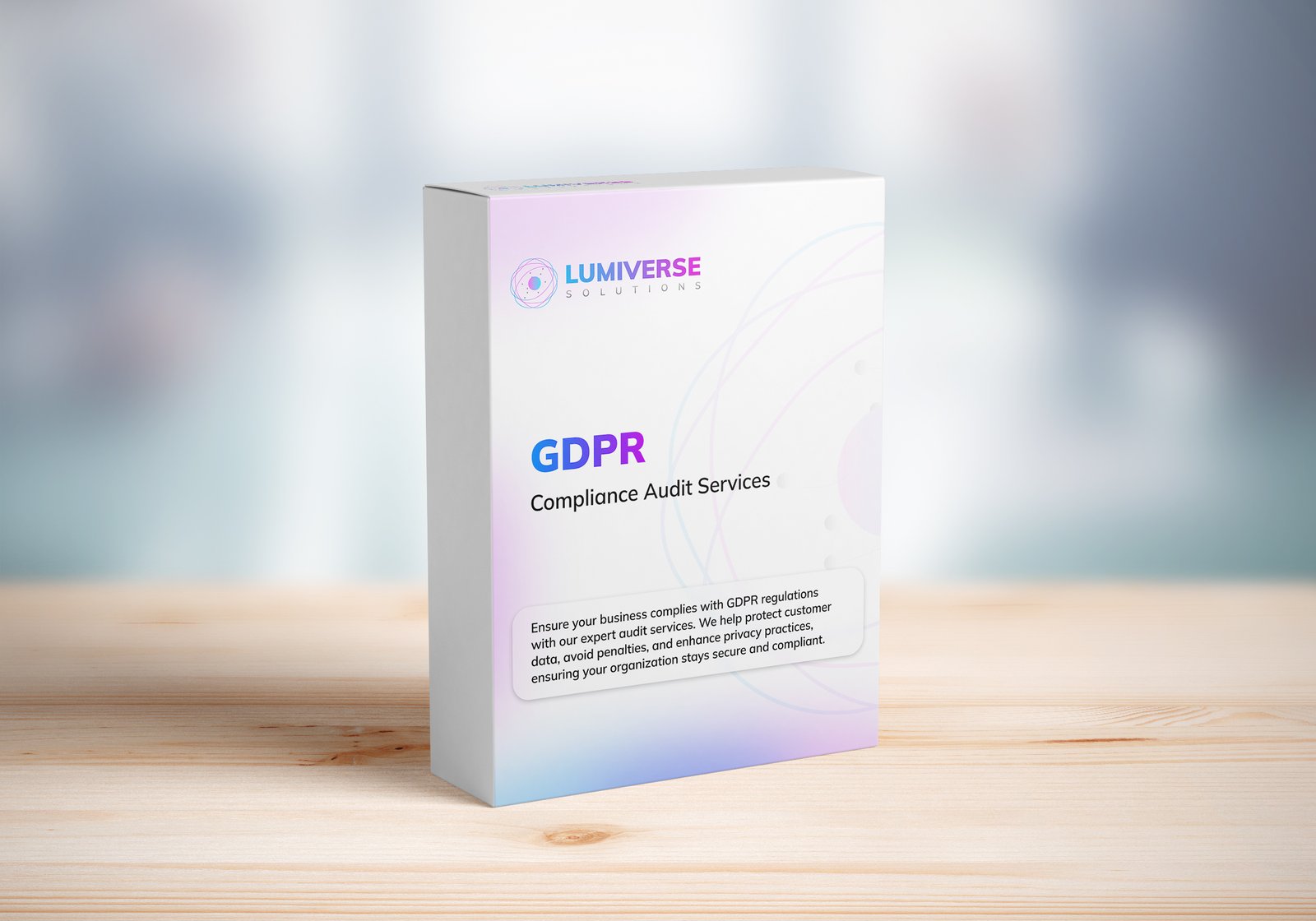
Subscribe to our Research
Enter your email address to subscribe to Lumiverse Research and receive notifications of new posts by email.
Tell Us Your Opinion
We value your perspective! Share your thoughts, feedback, or questions below. Your opinion matters and helps create a richer, more engaging conversation. Let’s connect and hear what you think about this post!

